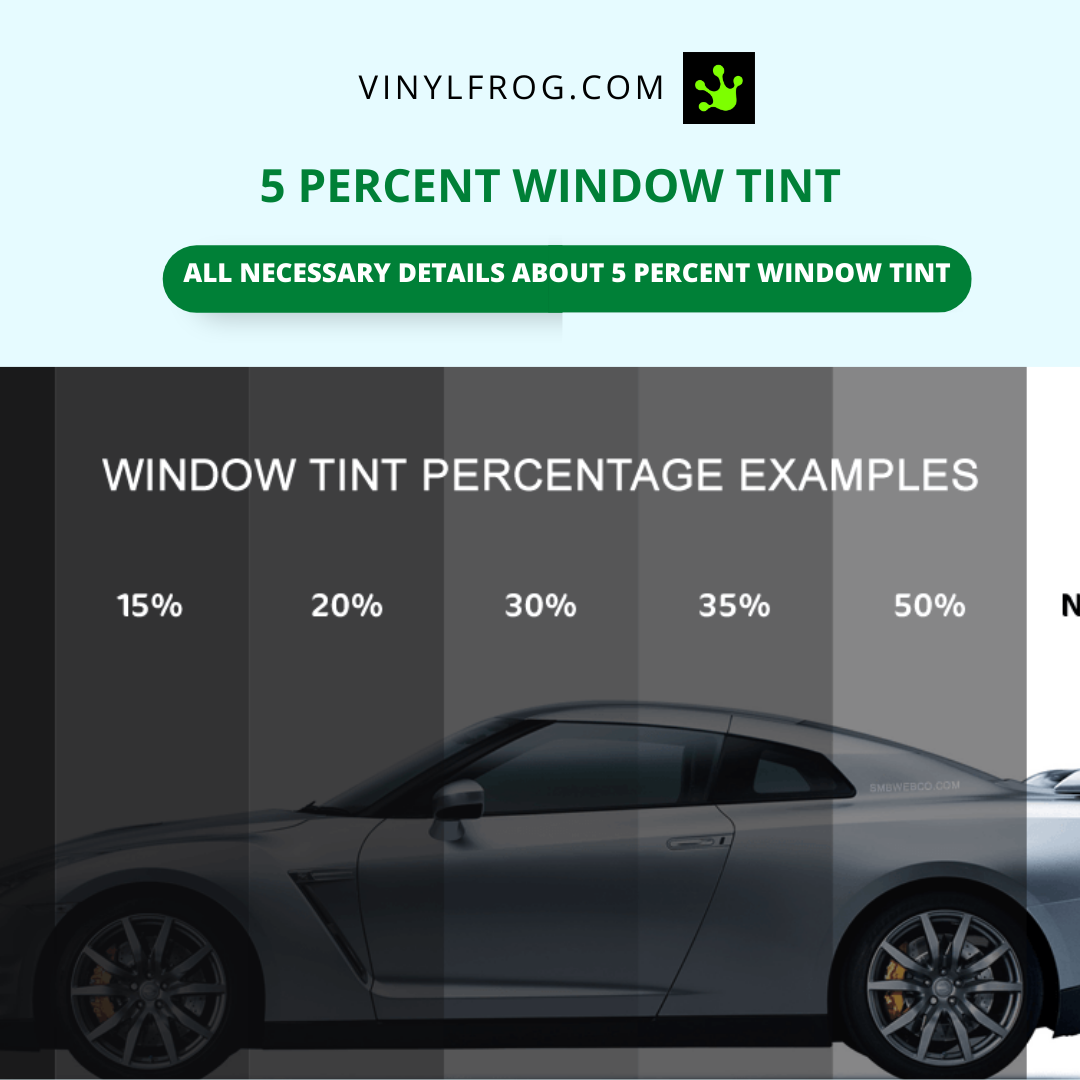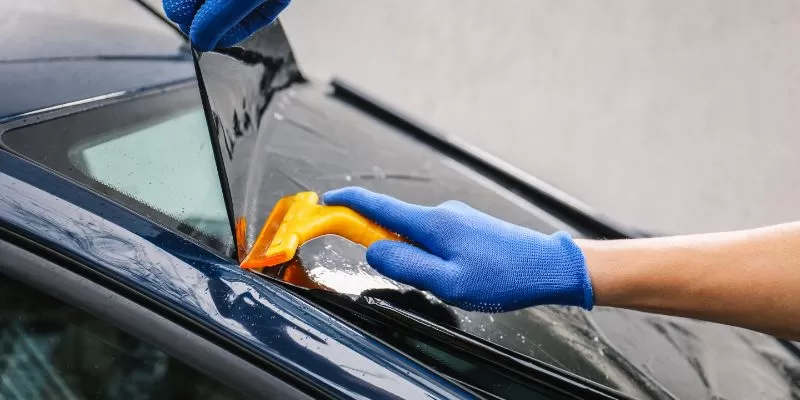Car Window Tinting: Enhance Convenience and Reduce Glare While Driving
Car Window Tinting: Enhance Convenience and Reduce Glare While Driving
Blog Article
Home Window Tinting Regulations and Guidelines: What You Required to Know Prior To Tinting Your Auto
Before proceeding with window tinting for your car, it is crucial to acquaint on your own with the diverse legislations and guidelines that control this method throughout various states. These regulations determine the acceptable levels of color darkness, typically determined by visible light transmission (VLT) percents, and include particular specifications for front windscreens intended at making certain roadway safety and security.
Introduction of Window Tinting Laws
Window tinting legislations are frequently subject to variant throughout various territories, showing neighborhood policies and security considerations. These regulations determine the permissible degrees of color darkness and reflectiveness on lorry windows, ensuring that chauffeurs preserve appropriate presence while additionally securing versus harmful UV rays and warm.
A lot of laws identify window tinting based on the Visible Light Transmission (VLT) percent, which shows the quantity of light that can travel through the home window. Generally, reduced VLT percents represent darker tints. Laws frequently separate between the front, side, and rear windows, with stricter constraints put on the front windscreen to boost security for both the driver and other road customers.
Conformity with window tinting regulations is critical, as infractions can result in fines, compulsory elimination of the tint, and possible rises in insurance premiums. It is essential for vehicle owners to familiarize themselves with local regulations prior to proceeding with home window tinting setups.
State-by-State Tint Regulations
Comprehending the certain home window tinting regulations in each state is vital for car owners seeking to adhere to the regulation. Each state in the U.S. has established its own collection of rules governing window tinting, which can differ substantially. These laws typically determine the permitted levels of tint darkness, the kinds of home windows that can be tinted, and any kind of medical exemptions that may apply.
For example, states like The golden state have strict limitations on tint darkness for front home windows, while others, such as New Mexico, might permit darker tints. Additionally, certain states mandate specific exposure portions for various home windows, including the windscreen, front side home windows, and back windows. It is critical for cars and truck proprietors to familiarize themselves with their state's laws to prevent possible fines or penalties.
Additionally, some states might call for a qualification sticker to be put on colored home windows, showing conformity with state laws. Failure to comply with these policies not only runs the risk of legal repercussions yet can also influence safety and security and exposure while driving. Lorry proprietors must carry out comprehensive research or consult neighborhood authorities to ensure complete understanding and compliance with state-by-state color guidelines.
Allowed Color Types and degrees
Numerous vehicle owners may be surprised to find out that enabled color levels and types differ widely throughout various states. Each state has established its very own laws relating to the allowable darkness and reflectivity of home window tint, usually measured by Visible Light Transmission (VLT) percentages. VLT describes the quantity of light that can go through the tinted windows; hence, a reduced portion indicates a darker tint.

Furthermore, the types of tint products permitted can differ, with some states prohibiting mirror-like or metallic finishes. It is crucial for automobile proprietors to familiarize themselves with their state's certain laws to guarantee conformity. Non-compliance can lead to penalties, necessary elimination of the color, or various other lawful repercussions, making it imperative to recognize these policies prior to waging installment.
Medical Exemptions for Tinting
While not all states supply allocations for clinical exemptions pertaining to window tinting, those that do recognize the necessity for particular individuals to improve exposure and convenience due to medical conditions. Various clinical problems, such as lupus, skin cancer cells, and particular eye problems, can provide individuals especially conscious sunlight. These individuals may need darker colors to safeguard themselves from dangerous UV rays and glow.

It is very important to keep in mind that also with a medical exception, there may still be limitations on the level of color allowed. Conformity with state regulations makes certain that people are both secured and within lawful limitations. Those taking into consideration medical exemptions should call their local Department of Electric motor Cars or equivalent authority to understand the procedures and needs required to obtain an exception effectively.
Fines for Non-Compliance
Stopping working to abide by home window tinting legislations can bring about substantial penalties, which differ by state. Legislation enforcement companies are equipped to issue citations for cars original site that do not stick to the specified tinting policies. These penalties commonly consist of fines, which can range from moderate total up to numerous hundred dollars, relying on the intensity of the offense and the state concerned.
In some jurisdictions, repeated offenses may result in intensifying penalties or extra penalties, such as obligatory court appearances. Non-compliance may require the removal of illegal tinting, usually at the owner's expenditure. In extreme cases, habitual culprits may face suspension of their automobile enrollment until conformity is attained.
Furthermore, insurance coverage implications may develop from getting numerous citations for window color infractions. Insurance providers might watch such violations as a sign of riskier habits, possibly bring about enhanced premiums or trouble in insurance coverage.
To stay clear of these charges, it is vital for automobile proprietors to acquaint themselves with their regional home window tinting legislations and ensure that their automobile complies (Window Tinting). This aggressive method not only prevents lawful implications but also advertises road find out safety and security
Final Thought

The majority of policies classify window tinting based on the Visible Light Transmission (VLT) percentage, which indicates the amount of light that can pass with the window. Compliance with window tinting regulations is crucial, as infractions can result in penalties, compulsory removal of the color, and prospective boosts in insurance policy costs.Recognizing the specific window tinting policies in each state is essential for automobile proprietors seeking to conform with the regulation. These regulations typically dictate the allowable levels of color darkness, the kinds of home windows that can be tinted, and any type of clinical exceptions that may investigate this site use.
For instance, states like California have rigorous constraints on color darkness for front home windows, while others, such as New Mexico, may permit darker colors.
Report this page